Sean O’Connell, an Australian jewelry designer, and artist takes a special interest in the interactions between energy and matter. His famous spark experiments that first developed in 2o15 are now being exhibited as part of the National Gallery of Victoria Triennial event. They show how electricity flows through different materials.
His initial series of spark experiments examines 14 different materials and captures unique images highlighting the energetic character of each material. The materials range from bone and wood to meteorite and gold. The artist created rings of each material and then set them on top of a photographic emulsion to capture the images.
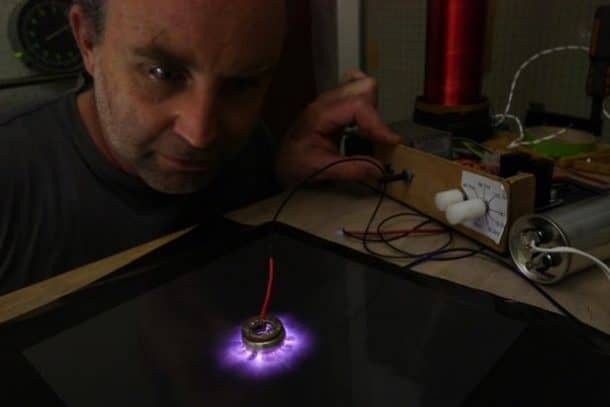
Custom-made machines were used to supply each ring with a burst of electricity. The electricity is captured by the photographic film as it finds a different path through each different material. It is a very clever way to capture the unique electrical fingerprint of each material. The resulting images are pieces of art in the absence of the actual materials as only the electrical trails are captured by the photographic films.
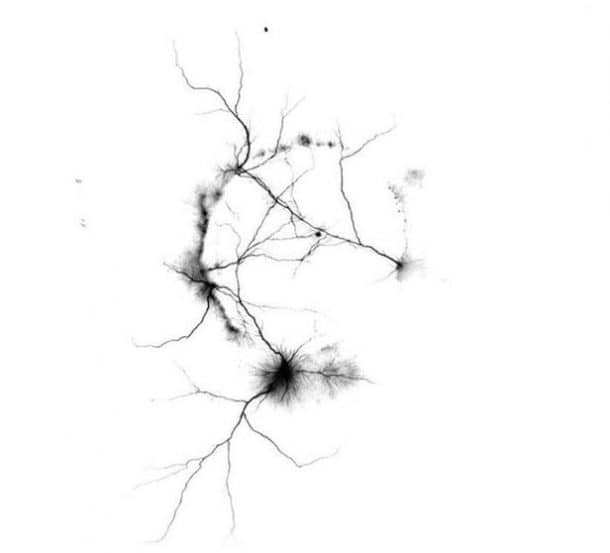
“What you see in the images are electrical arcs, ionized trails of light, channeled through each ring, directly exposing onto traditional photographic emulsion,” O’Connell writes, describing the process. “The images are not presented here as an aura or the motion of the aether, but simply as excess electrical energy trying to find a way to ground as fast as possible – like a ball rolling down a hill – potential energy naturally seeking out the lowest place.”
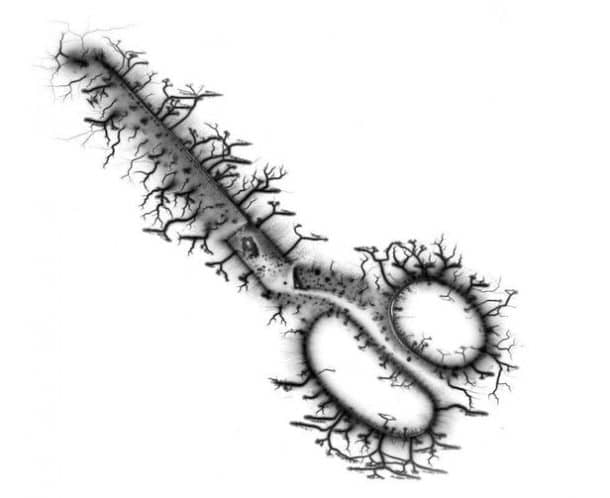
The results of these spark experiments are something to look at. Conductive elements show explosive eruptions of electrical bolts in all directions like copper. Whereas, plastic is quiet and subdued as expected from it. Some bizarre and unexpected patterns emerge from materials like wax and wood.
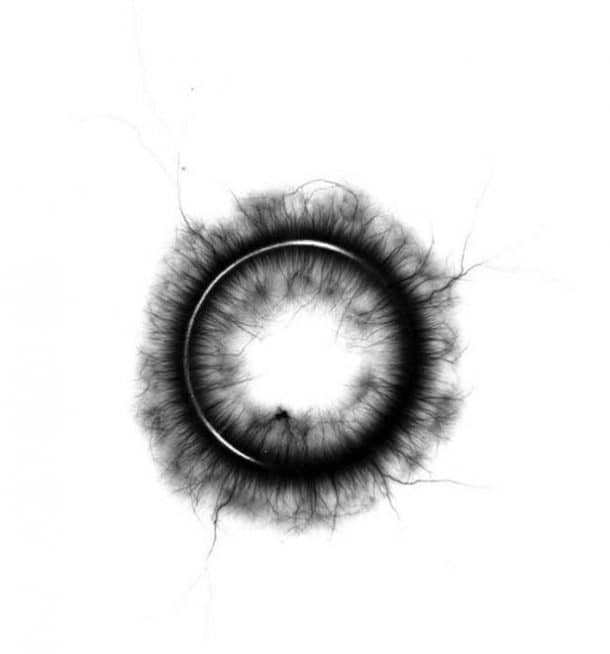
“This energy, while applied from an external source, takes on the characteristics and qualities of the material, and of the general form of the object,” explains O’Connell. “If there is a crack in the form, it flows either side of it. If there is a dominant granular or crystalline structure to the material, it moves along it. If the material conducts electricity well, it streams quickly through it, if the material is capacitative, electricity can be stored, slowly leaching out over time.”
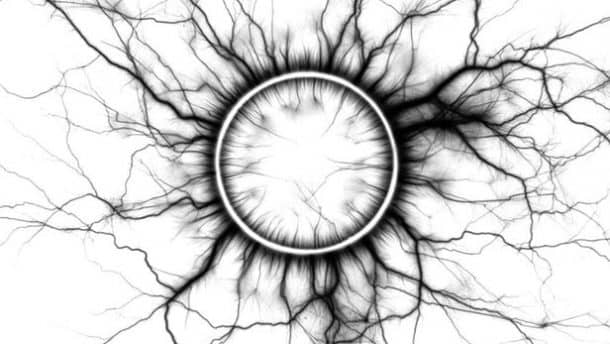
Looking forward, O’Connell hopes to expand the spark experiments by examining dozens of more materials, creating a veritable library of electrical fingerprints. Art really does come in different forms.


